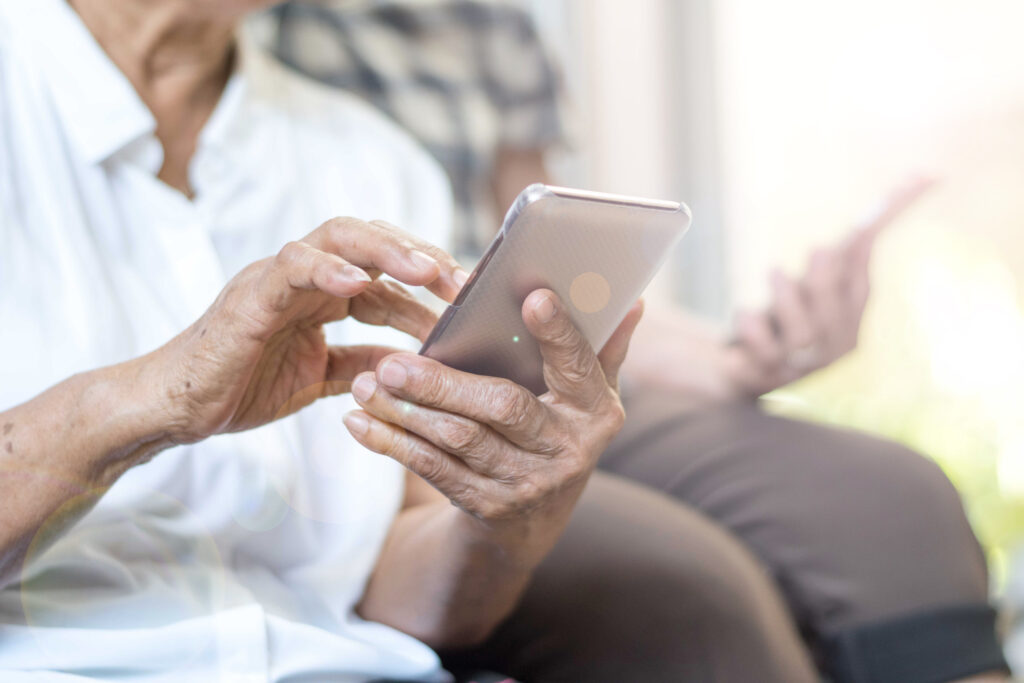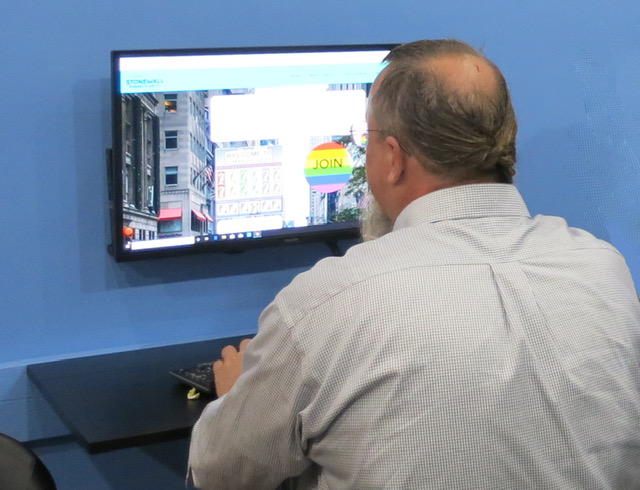
Bridging the Digital Divide: Bay Ridge Center Helps Seniors Cope with COVID-19

Using technology to stay connected is more important than ever, especially for seniors who need it as a lifeblood to avoid isolation during this period of social distancing. Bay Ridge Center (BRC) has been a leader at promoting technology among older adults in Brooklyn for years, and the COVID-19 pandemic has sparked an even greater effort to bridge the digital divide.
Their accomplishments were recognized by the New York State Office for the Aging who selected BRC to give a presentation on April 15 to the New York State Adult Day Services Association (NYSADSA) to highlight how they successfully moved their programming online for seniors during the COVID-19 pandemic. NYSADSA is a membership association that provides respite, social enrichment, and a wide variety of education/recreational activities to older adults throughout the state. BRC was chosen to virtually participate in the conference to share their roadmap and to serve as a prime example for other organizations on how to adapt during this unprecedented time while maintaining their core mission.
Here’s how BRC adapted their programming and increased opportunities and skills for seniors- who are typically less tech-savvy- so they can benefit from all the digital resources technology has to offer:
Managing Communications During Rapid Changes
After the mandated shuttering on March 16, Bay Ridge Center needed to rapidly ensure that all members understood about the closure and other important developments in the wake of the pandemic. They initiated a calling program to their most active 1,000 people.
Those calls were scripted along Maslow hierarchy of needs. First, make sure they were safe, healthy, and had food to eat. If not, appropriate arrangements, such enrolling them in special congregate home meal programs.
As Department for the Aging policies evolved, phones calls were initiated for clients twice a week with updated information. Callers were scripted to begin asking for more detailed information such as whether clients had an email address and internet access. During the first couple of weeks, BRC added 350 new email addresses to its list.
It initiated a campaign to release eblasts to everyone with contact e-mails. This included members from the Center, its satellite NORC office Bay Ridge Connects and community partners. Information from the eblast was also uploaded to the website to ensure that information was consistent across all digital communications including social media. A help form was added to the home page of the website that now receives approximately six requests for assistance each day.

Creating Online Village
With the growing pandemic, Bay Ridge Center expedited its push to create an online community, which includes articles and resources, forums, blogs, and a community calendar. Zoom is integrated into the platform, making it easy to jump into scheduled classes and special events.
Since many older adults are not that technology savvy, Bay Ridge Center implemented a team to help clients with troubleshooting, ranging from helping people access a browser all the way to walking them through the specific pages of the site. BRC is bridging the digital divide and will work with as many seniors as possible to help them become part of the digital economy.
Online Zoom Classes
BRC immediately launched a variety of classes on Zoom, ranging from exercise, meditation, recreation and technology. There are currently 17 classes each week, with more being added every day. Participation numbers vary from 5 to 20, which is perfect given the interactive nature of the classes.
Continuing to Innovate to Bridge the Digital Divide
There are several projects that BRC is developing to further help members during this pandemic. Among the timeliest is a pilot to give “hot spots” to community members without internet connectivity. BRC will select ten people to receive these “hot spots” and/or a device such as a laptop or tablet to access BRC’s Online Village project and other resources online.
BRC continues to survey its members to gather their email addresses and access their familiarity with technology. This information is vital for digital communications as well upcoming technology training and pilot projects.
BRC is also looking at new ways to engage members to participate in their exercise programs. They are developing strategies that might offer one-on-one assistance from a therapeutic perspective as well as advancing their technology skills to become part of the more frequent group exercise programs.
For further information, contact either Todd W. Fliedner, Deputy Executive Director at tfliedner@nullbayridgecenter.org or David Dring, BRC Technology Consultant, at ddring@ bayridgecenter.org. R


